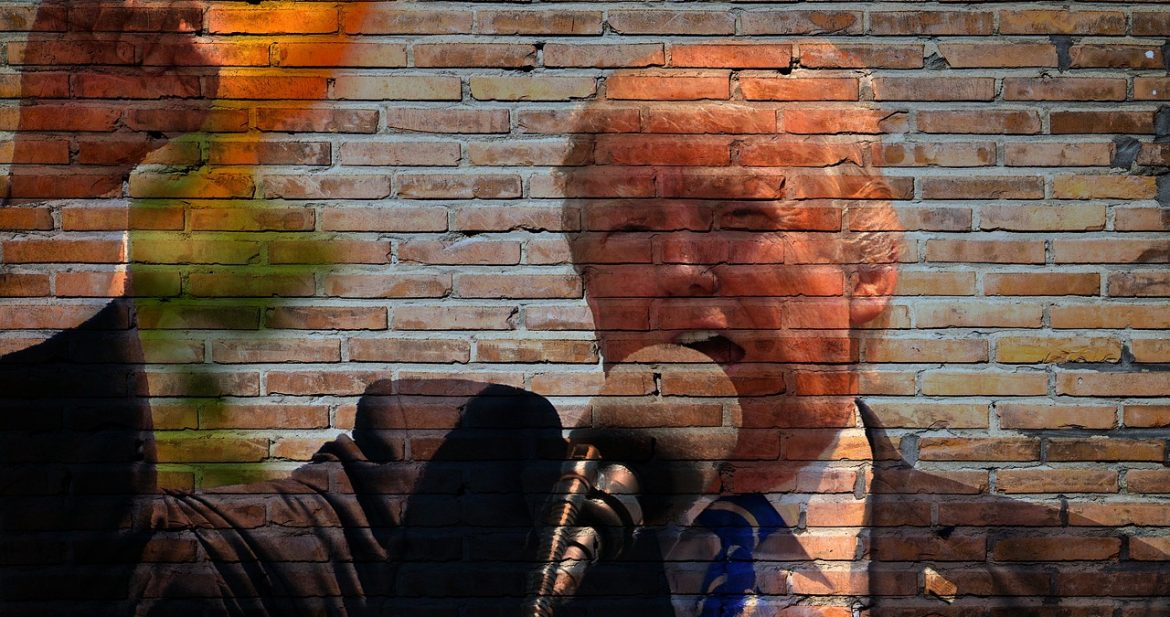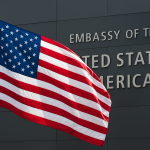On his first day back in the White House, President Donald Trump wasted no time in reshaping America’s immigration system. In a bold series of executive orders, Trump tackled border security, vetting of immigrants, birthright citizenship, and humanitarian programmes, signalling a firm commitment to his campaign promises.
Let’s break down what these policies mean for the future of U.S. immigration:
A Tougher Approach to Border Security
The southern U.S. border was the first target of Trump’s sweeping orders. Declaring a national emergency, he authorised the deployment of an additional 1,500 troops to the U.S.-Mexico border. This move is aimed at stopping illegal crossings, expediting the construction of the long-promised border wall, and reinforcing existing patrol efforts. With these measures, Trump doubled down on his commitment to put “America First” when it comes to border control.
Extreme Vetting: A New Layer of Screening
In the name of national security, President Trump introduced “extreme vetting” procedures. These new screening policies aim to dig deeper into the backgrounds of those applying to enter the U.S., targeting any individuals who could pose a security threat. Federal agencies have been tasked with overhauling the current system to implement these stricter checks, marking a clear departure from past policies that prioritised accessibility.
Challenging Birthright Citizenship
Perhaps the most controversial move was Trump’s decision to redefine birthright citizenship. The new executive order seeks to end the automatic granting of U.S. citizenship to children born to non-citizen parents on American soil. This significant shift challenges the long-held interpretation of the 14th Amendment and is expected to face intense legal battles. For decades, the principle of “jus soli” (right of the soil) has defined U.S. citizenship, but Trump’s order signals a major shift toward restricting this right.
Humanitarian Programmes in Limbo
Trump also took aim at the U.S. Refugee Admissions Program, suspending it along with other key humanitarian initiatives. Asylum processing has been paused, leaving many migrants in limbo. The administration justifies the suspension as necessary to review and restructure these programmes to align with heightened security goals. However, the decision has drawn criticism for leaving vulnerable populations stranded without clear alternatives.
Undoing Previous Policies
In addition to introducing new measures, Trump also reversed several policies from the previous administration. Initiatives designed to streamline immigration for STEM professionals, ease administrative hurdles, and support naturalisation efforts have been rescinded. This rollback could have significant implications for businesses and skilled foreign workers relying on these pathways.
What’s Next?
While these executive orders are already reshaping the immigration landscape, more changes are likely on the horizon. Trump has directed federal agencies to propose travel restrictions within 30 to 60 days, raising the prospect of new limits on entries from certain countries.
These orders mark a dramatic shift in U.S. immigration policy, prioritising security and enforcement over inclusivity and humanitarian concerns. However, they are not without controversy. Legal challenges are already brewing, and debates over the moral and constitutional implications of these policies are sure to dominate headlines in the weeks to come.
One thing is clear: Trump’s immigration agenda is set to leave a lasting legacy, for better or worse. Whether these policies succeed or face pushback in the courts will shape not only America’s immigration system but also its identity as a nation of immigrants.





